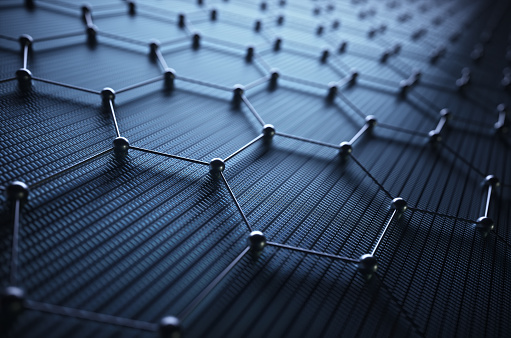Incandescent Light Bulb
The average American household has 40 lights regularly changed throughout the year. Light bulbs are an essential aspect of life, and depend on them for their source of light and convenience. Yet, for many years, I have wondered what causes these objects to produce brightness. Today, I have decided to answer this question and share my findings.
Unlike common belief, Thomas Edison did not invent the light bulb; rather, he perfected it. The lightbulb (or the leading concept of one) was found by inventor Humphry Davy. While experimenting with electricity, Davy obtained a battery, used a wire, and connected the ends to a piece of carbon. The carbon in contact with the electricity caused it to glow, giving off light. However, the light was too bright and didn’t last for very long.
Later, in 1850, an English physicist named Joseph Wilson Swan thought of putting a vacuum around the carbon filaments with glass, creating a light bulb. However, his vacuums were not very tight, and the design was still faulty. This was later fixed when tighter bulbs were made, creating a better vacuum.
Edison and his team created the long-lasting light bulbs we know today. They recognized that a carbonized bamboo filament could last 1200 hours. His discovery marked the start of the domestic bulb and the commercial manufacturing of light bulbs.
Today these light bulbs are known as incandescent light bulbs, not to be confused with Halogens, LEDs, and fluorescent light bulbs. However, they have been changed from their preliminary design. One key difference is the filament used. Currently, tungsten is used instead of carbon. Tungsten has the highest melting point of all the elements on the periodic table, causing it to glow when hot instead of melting. Furthermore, it gives off a bright white light instead of a yellowish one, making it more attractive. However, these qualities were both a blessing and a curse to light bulb manufacturers. The high melting point caused the metal to be difficult to mold and extremely brittle. Therefore, scientists created a tungsten mercury alloy extruded into wires to work around the tungsten’s strength. The use of tungsten significantly improved the quality and durability of light bulbs and completely changed commercial use.
However, it should be noted that these tungsten filaments can burn out, causing a lightbulb to no longer work. This is done when a bulb exceeds its recommended amount of wattage. This excess energy may cause the filament to overheat, and hence the filament will burn out.
Light bulbs provide us with a wonderful gift of light, leading to many conveniences once the sun sets. I am very grateful to have them in my life and to have also learned something new today. I hope this answers any long-standing curiosities you may have and learned something new today.
